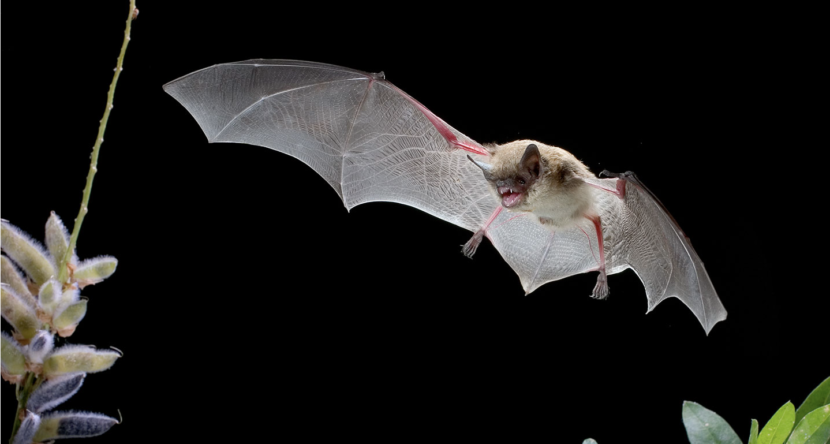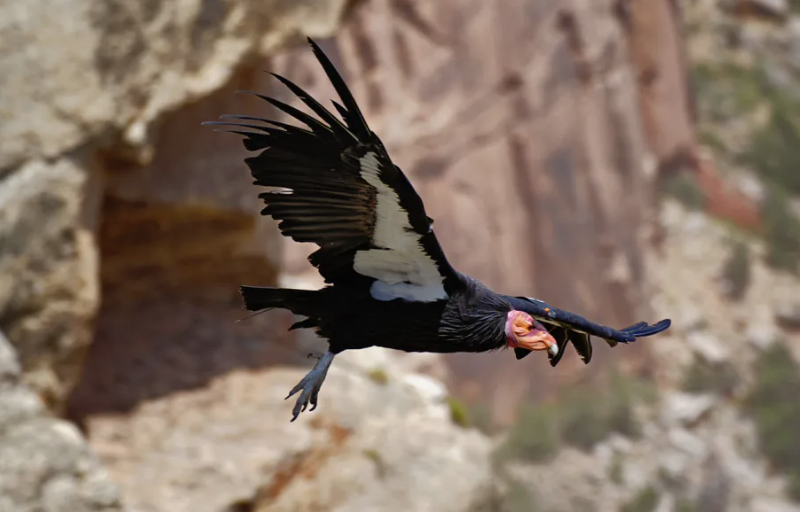The Endangered Species Act is turning 50. Has it succeeded?
The law has kept many species from dying out — but few have made it off the ‘endangered’ list.
BY BRIANNA RANDALL
Science News Explores | December 2023
A little brown bat swoops out of the night sky. With sharp teeth bared, it devours a moth nearly half its size.
Like many bat species, the little brown bat isn’t as common as it used to be. More than half of North America’s 154 bat species are at risk of declining over the next 15 years. There are many reasons why, according to a new report. Among them are climate change, habitat loss and disease.
The U.S. Endangered Species Act already protects 12 bat species. Also known as ESA, the law was enacted on December 28, 1973. That’s a half century ago. The law designates protections for species at risk of dying out. Scientists hope little brown bats will soon be added to ESA’s list of protected species.
When it comes to preventing plants and animals from going extinct, ESA is “one of the most powerful laws we have,” says Winifred Frick. She works at the University of California, Santa Cruz. This conservation biologist also is chief scientist at Bat Conservation International. A non-profit group, it’s based in Austin, Texas. It works to protect the world’s bats to ensure a healthy planet.
ESA is “about protecting wildlife for our future generations,” says Frick. For instance, while growing up in California, she never saw a condor — North America’s largest bird. In 1987, the species went extinct in the wild. Thanks to ESA’s captive-breeding program, however, a small group of the birds reproduced. Over time, they multiplied. Many of these would be set free (although they still face threats from lead poisoning).
Today as Frick and her 13-year-old son hike along the Pacific Coast, they can admire soaring condors — whose wings can span nearly 3 meters (almost 10 feet). Nearly 350 of these majestic scavengers once again fly over parts of California and Arizona.
ESA currently protects more than 2,300 species. This includes more than 900 plants and at least 160 marine species. So far, the Act has kept 99 percent of listed species from extinction. This was the conclusion of a 2019 study in Peer J. The Act has helped large predators recover. These include grizzly bears, gray wolves and American alligators. The Act also benefits less well-known critters, such as slimy snails, small shellfish and scurrying beetles.
Read the whole feature at Science News Explores, a magazine for kids ages 9-14.
Click here to read the grown-up version of this story at Science News.


